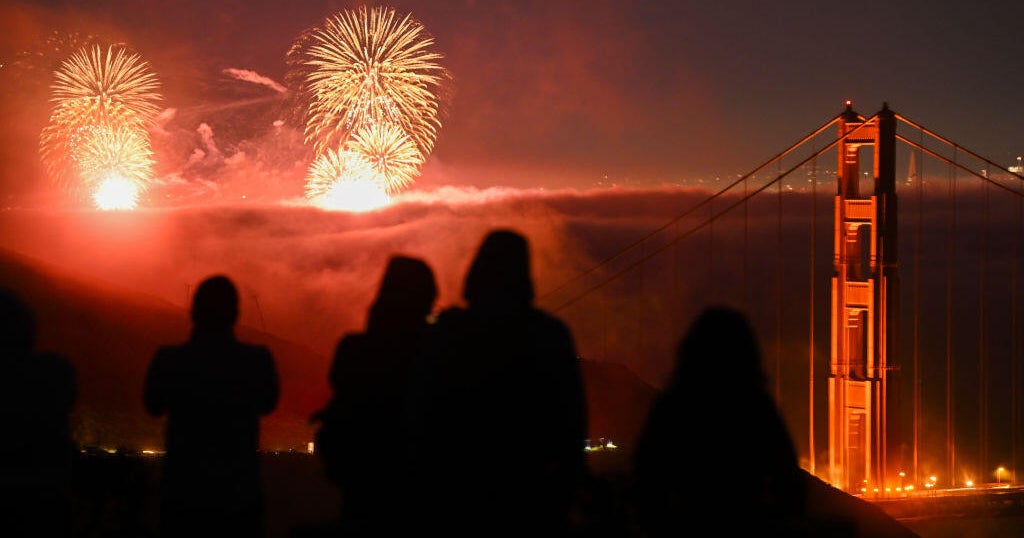Scientists Study Fake Quake Triggered By CSU Hayward Implosion
HAYWARD (CBS SF/AP) -- With a series of quick blasts and a cloud of dust a 13-story building on the Cal State-East Bay campus crashed to the ground Saturday morning as scientists monitored the impact on the nearby Hayward Fault.
The controlled implosion also attracted scores of gawkers eager to feel the magnitude 2.0 shockwaves scientists predicted would occur from 12,500 tons of crashing concrete and steel.
Warren Hall which housed administrative buildings and classrooms for four decades, was demolished around 9 a.m. due to concerns about its vulnerability to earthquakes. The structure was built 2,000 feet from the Hayward Fault, one of the most dangerous in the country.
Scientists placed 600 monitors within a 1.5-mile radius around the building hoping to trace any smaller faults that might exist.
The demolition and campus-wide shutdown this weekend was prompted by a CSU seismic review board's finding that Warren Hall was the most seismically vulnerable building in the entire CSU system.
The building's occupants moved to a new Student Services Administration building on the east side of the campus and Warren Hall stood empty for about two years prior to Saturday morning's demolition.
The CSUEB campus is set to reopen at 6 a.m. Monday.
The last major temblor on the Hayward Fault was in 1868. It runs under the University California, Berkeley, football stadium.
(Copyright 2013 by CBS San Francisco and Bay City News Service. All rights reserved. This material may not be published, broadcast, rewritten or redistributed.)



